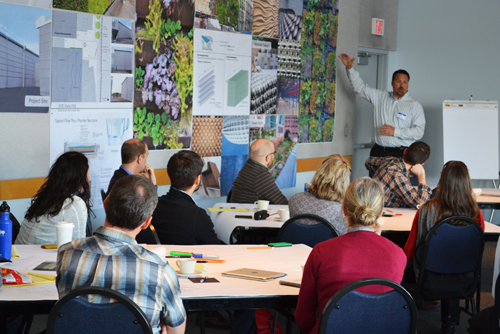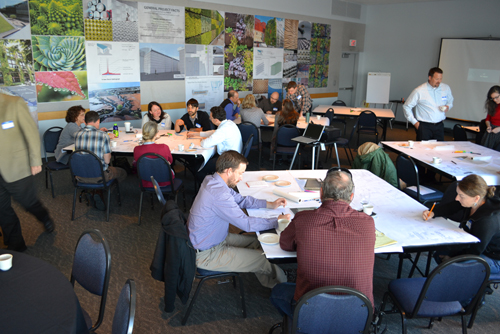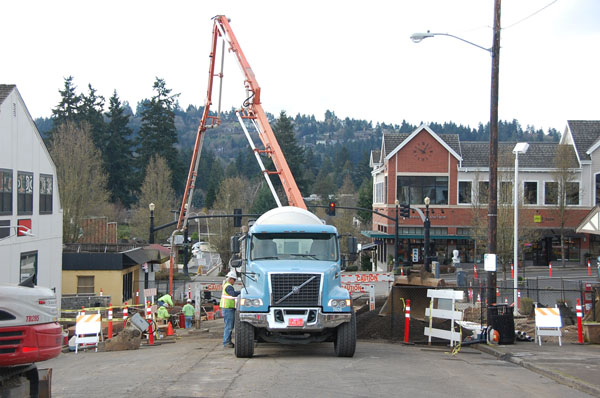
Over the last few weeks, the Troutdale, Wood Village, Gresham, and Fairview Councils and the Multnomah County Commission all unanimously endorsed the East Metro Connections Plan. Metro Council will take action on the East Metro Connections Plan as an agenda item at approximately 3:30 p.m. in Metro Council Chambers on Thursday, August 9, 2012.
GreenWorks assisted Kittleson and Metro in the East Metro Connection Plan as a part of the regional planning effort. The East Metro Connections Plan is the first mobility corridor refinement plan to come out of the 2035 Regional Transportation Plan. The Plan has implemented a new approach to allocating limited transportation dollars to ensure regional transportation investments, support local land use, community and economic development, and the environment. The plan has been a 2‐year effort to understand present and future transportation challenges and prioritize solutions that reflect community values and the future plans and aspirations of each city. The plan includes a systemic look at each of the north/south and east/west arterials in the plan area to identify needs related to:
- Road capacity and safety
- Freight operations, capacity and safety
- Modes such as transit, biking and walking
- Related public and private investment
The process is intended to allow Metro and local governments to be strategic and efficient by prioritizing transportation projects that achieve multiple outcomes. There is approximately $14.4 billion in transportation projects identified in the plan for east county. Project goals include: healthy communities, equitably distributed benefits and burdens, improved access and protection of parks and natural resources, improved transportation system, economic development opportunities and safety and security improvements.
We congratulate Metro, Wood Village, Troutdale, Fairview, Gresham, Multnomah County, ODOT and Kittleson on this milestone planning achievement.
Read more about the East Metro Connections Plan in the Oregon DJC.























